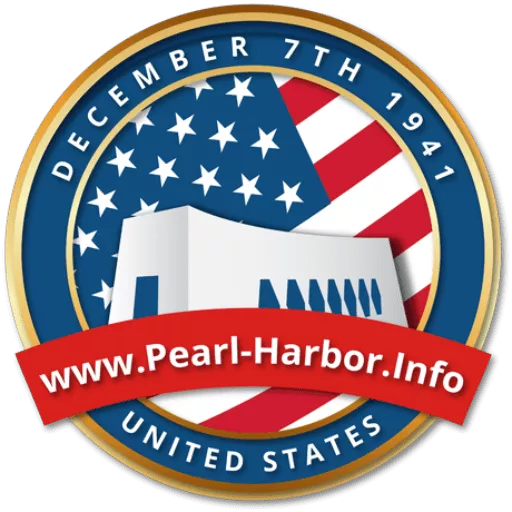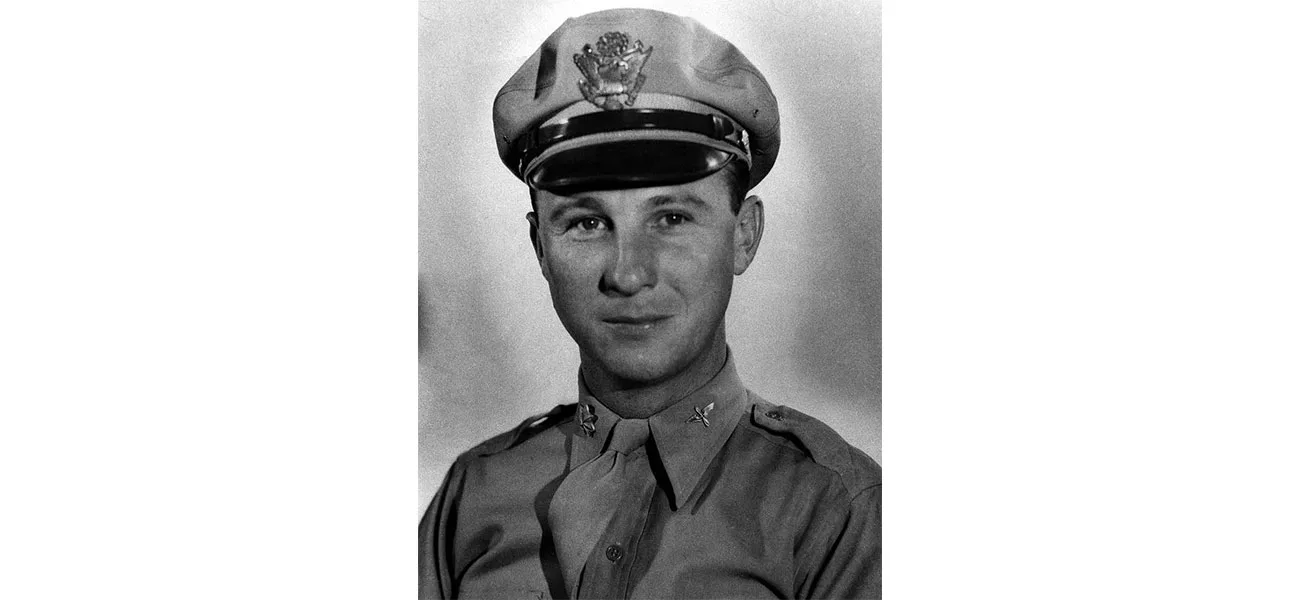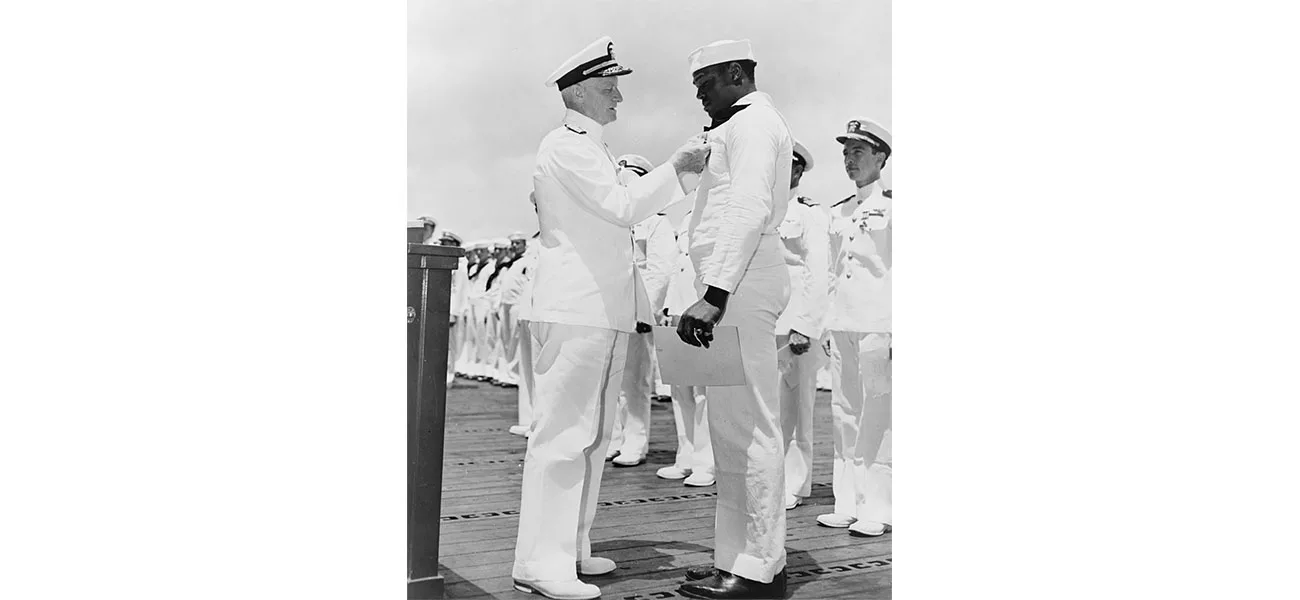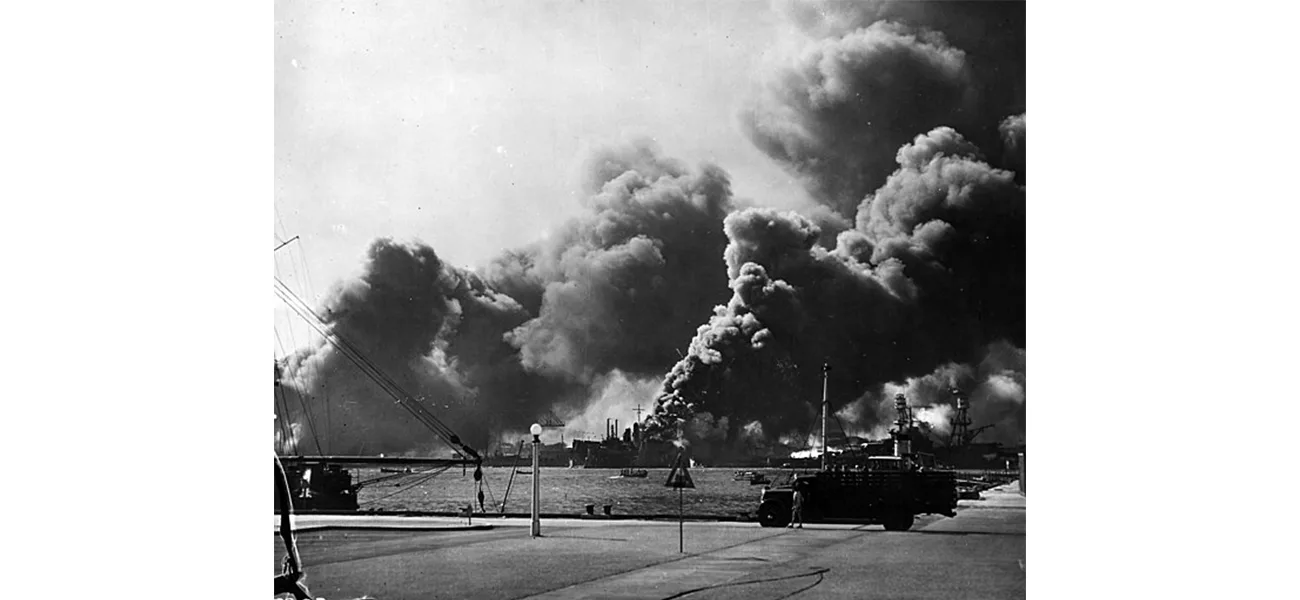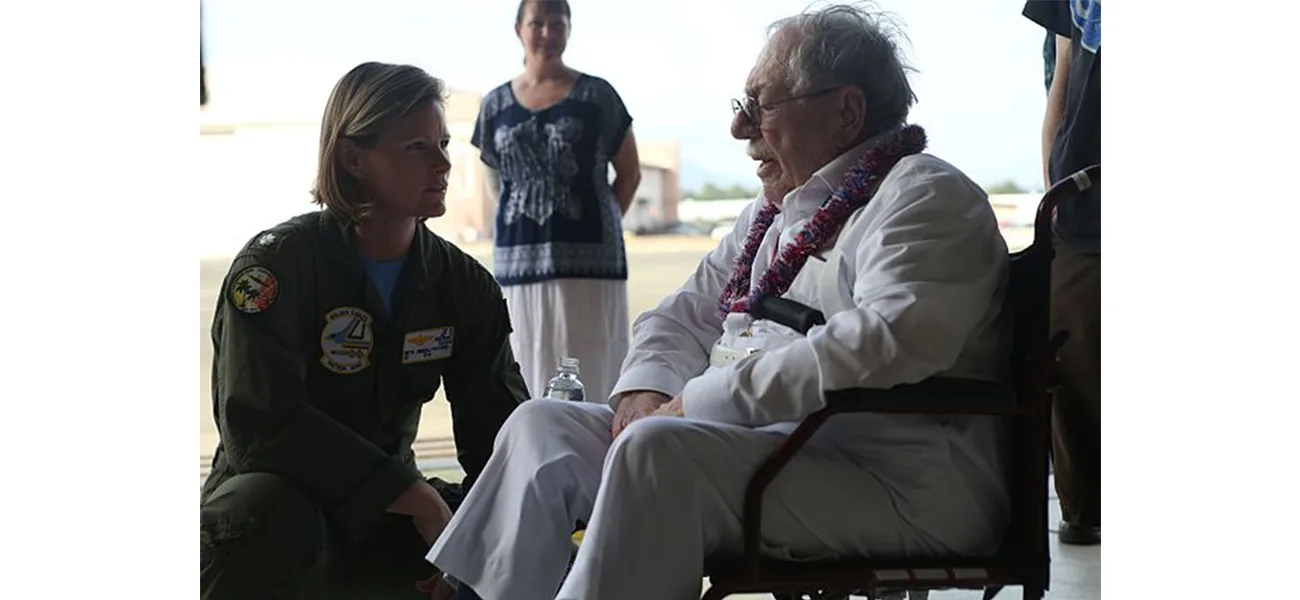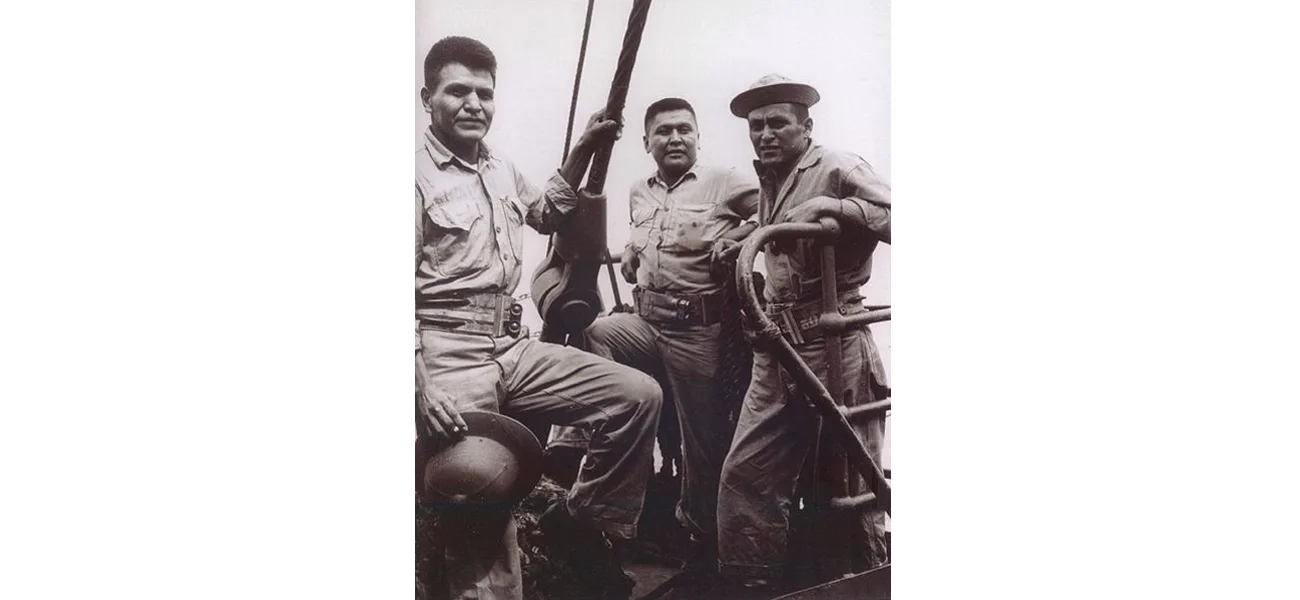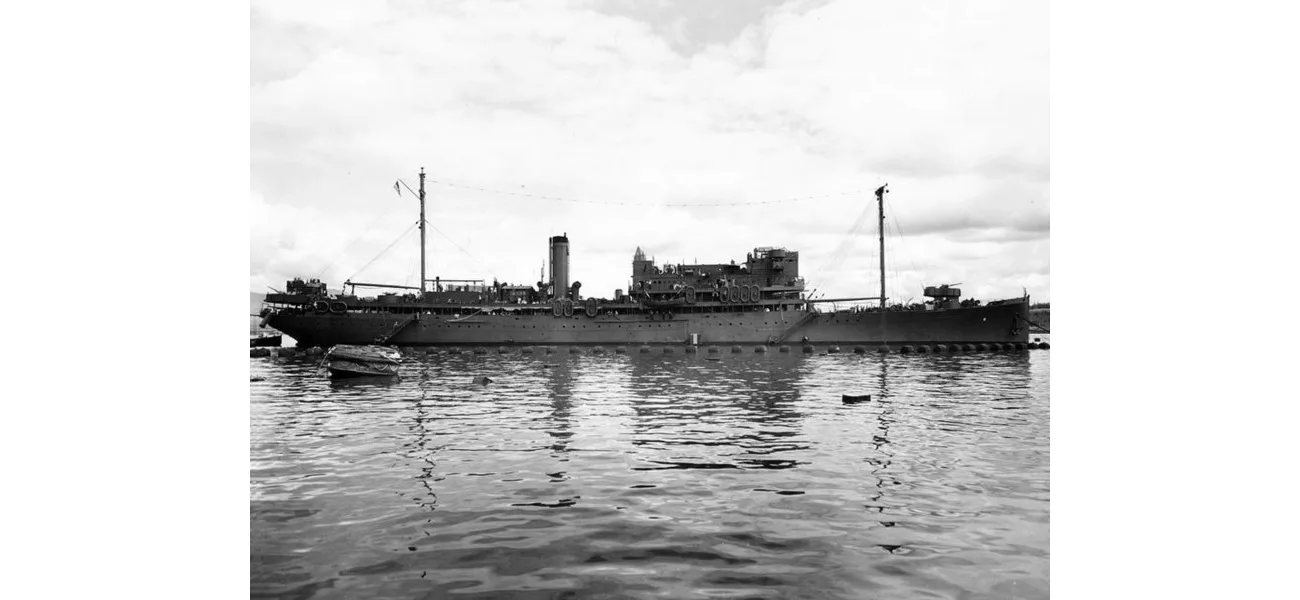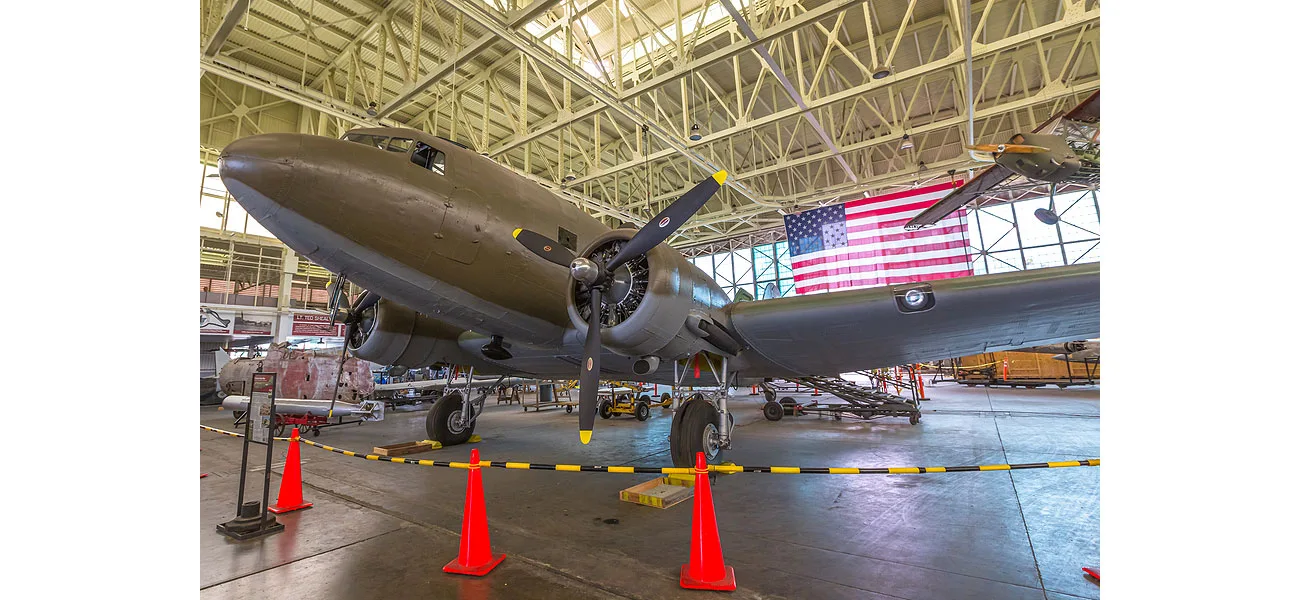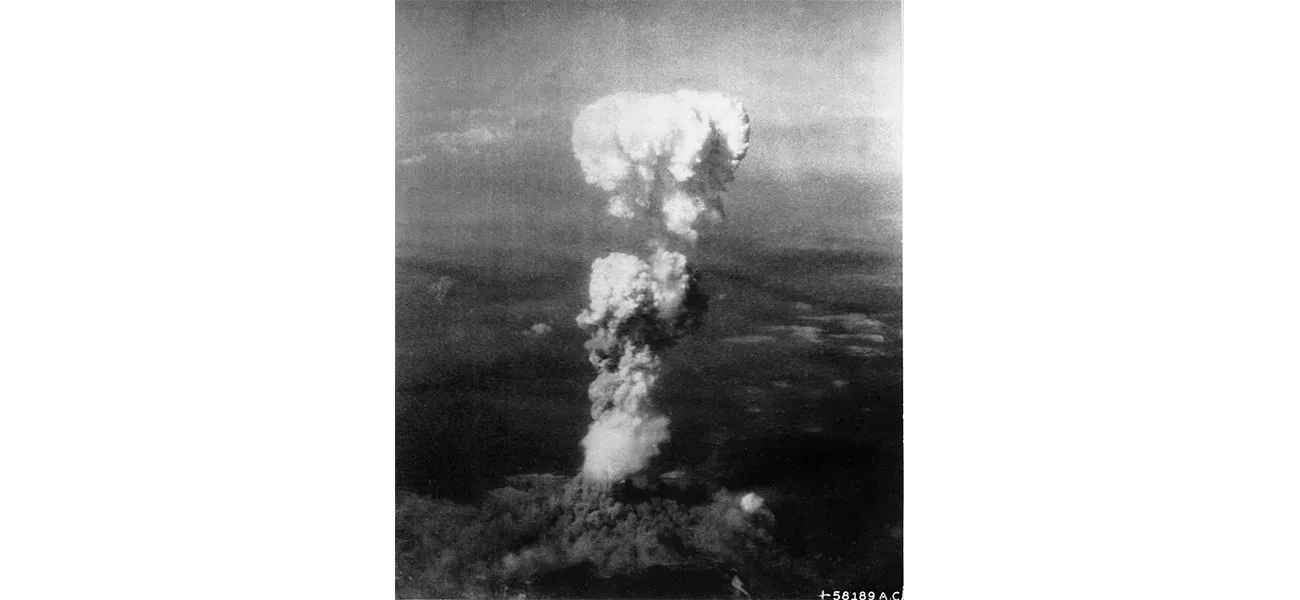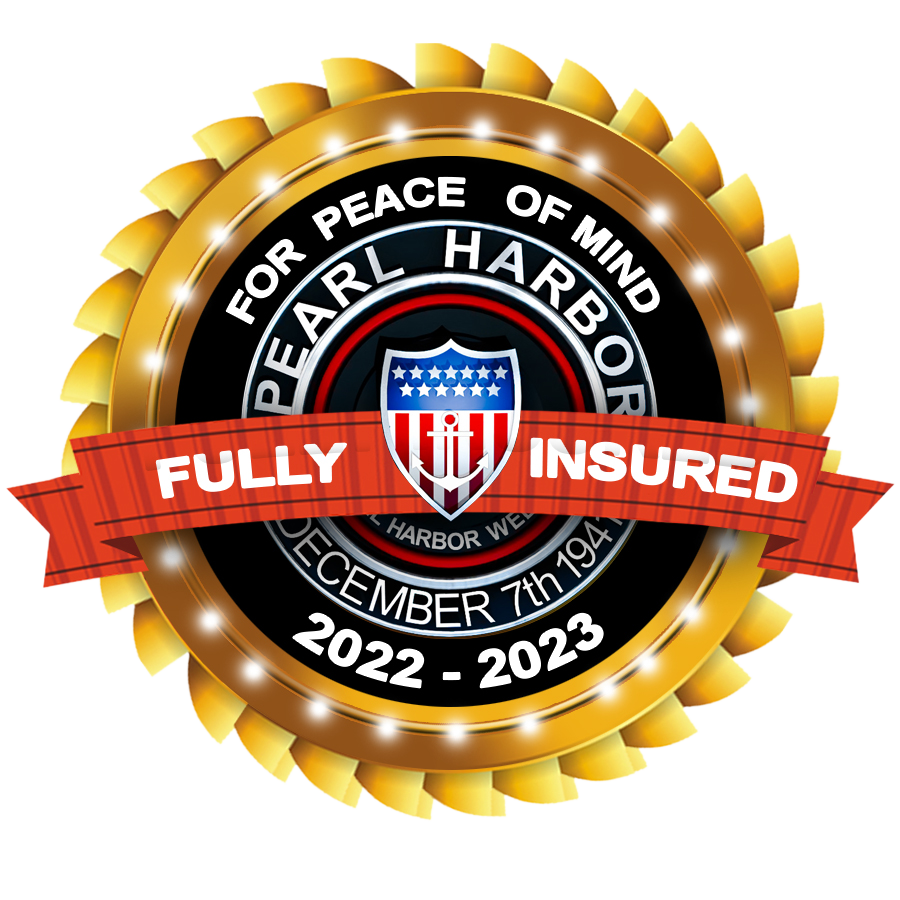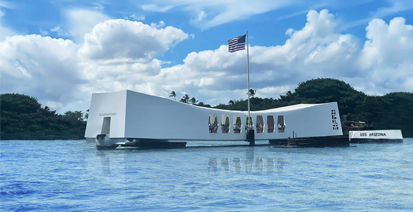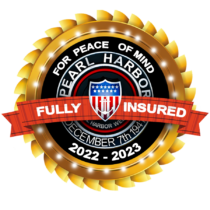Another Honor for Pearl Harbor Hero Kenneth Taylor
On October 26, 2019, Second Lieutenant Kenneth Taylor, one of the heroes of December 7, 1941, was posthumously inducted into the Oklahoma Military Hall of Fame. This recognition adds another chapter to the legacy of a man whose bravery during the Pearl Harbor attack stood out as a beacon of courage in the face of overwhelming odds. Taylor’s quick thinking, fearless actions, and unrelenting determination turned him into an American icon, forever linked to one of history’s most pivotal events.
December 7, 1941: The Day of Heroism
The morning of the Pearl Harbor attack began like any other for Kenneth Taylor and his fellow pilot and friend, George Welch. Both had spent the previous evening at the Officers’ Club at Wheeler Field, enjoying dancing and playing cards. The tranquility of that night, however, shattered just hours later when Japanese forces launched a surprise assault on Oahu.
As the attack unfolded, Taylor and Welch sprang into action. They called Haleiwa Field, located on Oahu’s North Shore, and ordered two Curtiss P-40 Warhawks to be fueled and armed. Racing toward the airfield, they narrowly avoided strafing Japanese aircraft. Once airborne, Taylor and Welch entered a chaotic sky filled with enemy planes, smoke, and relentless gunfire.
Working as a team, the two pilots fought back, shooting down multiple Japanese aircraft despite being outnumbered and outgunned. After exhausting their ammunition, they landed at Wheeler Field to reload, ignoring orders to remain grounded. Returning to the battle, Taylor continued to engage the enemy until he was injured by a bullet that struck his cockpit, wounding his arm and leg. His courage and tenacity exemplified the indomitable spirit of American servicemen that day.
A Distinguished Military Career
Kenneth Taylor’s bravery on December 7 was only the beginning of his decorated military career. Over the course of World War II, he completed 40 combat missions and logged more than 100 combat hours in the P-40 Warhawk. After the war, he remained in the United States Air Force, eventually retiring as a brigadier general in 1971 after serving with the Alaska Air National Guard.
Throughout his career, Taylor received numerous awards, including the Distinguished Service Cross, Army Distinguished Service Medal, Legion of Merit, Purple Heart, and Air Medal. Despite his heroics, Taylor and Welch were considered ineligible for the Medal of Honor, as they took to the skies without official orders—a technicality that has drawn scrutiny over the years.
Final Resting Place at Arlington
Kenneth Taylor passed away on November 25, 2006, at the age of 86. His remains were interred at Arlington National Cemetery, where a marker commemorates his life and service. Even in death, his legacy continues to inspire, symbolizing courage and selflessness in the face of adversity.
Induction into the Oklahoma Military Hall of Fame
Taylor’s induction into the Oklahoma Military Hall of Fame in 2019 serves as a reminder of his enduring legacy. The honor recognizes not only his actions during Pearl Harbor but also his lifetime of service to the nation. The ceremony also memorialized 12 other veterans and the 429 crew members who perished aboard the USS Oklahoma (BB-37) during the attack.
Kenneth Taylor’s Legacy
The recognition of Kenneth Taylor’s heroism at Pearl Harbor ensures his story continues to inspire future generations. His quick thinking and fearless response exemplify the best of American values, demonstrating how determination and bravery can turn the tide even in the darkest moments.
Through honors like his induction into the Oklahoma Military Hall of Fame, Taylor’s legacy lives on—not just as a hero of Pearl Harbor but as a symbol of resilience and patriotism that remains relevant today.
